Film Tools
The process of making movies is intricate and requires a variety of tools and apparatus. Each piece of equipment, from cameras and lighting to sound and editing software, is essential to the overall production. We will now discuss the various film tools and how important they are to creating the desired film aesthetics.
Table of contents
Camera Tools
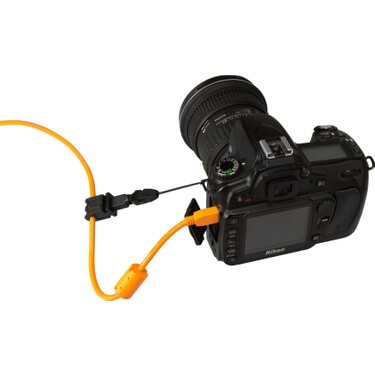
The most important instrument in making movies is the camera, which is used to record the images that make up the movie.
Digital cameras, film cameras, and also high-speed cameras are just a few of the different kinds of cameras utilized in the filmmaking process.
The choice of camera relies on the tastes of the filmmaker and the needs of the production. Each camera has its own distinctive qualities.
Camera Lenses
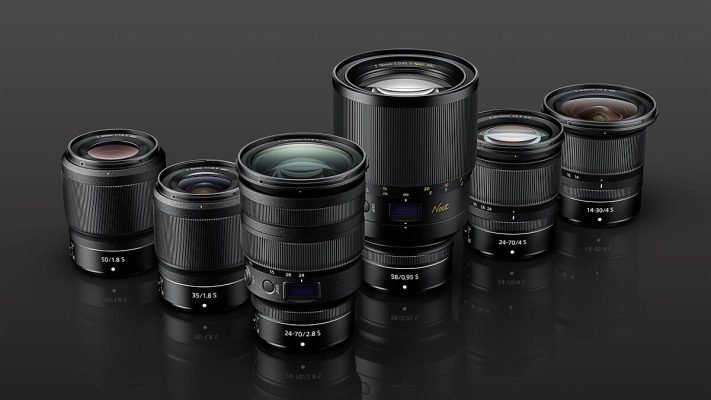
Filmmakers can record images in a variety of ways thanks to lenses, which are crucial camera equipment. Also camera lenses come in a variety of designs, including prime, zoom, and telephoto lenses.
Each lens has distinctive qualities that are utilized to produce particular images and effects.
A wide angle lens, for example, is used to take in more of the scene and provide the impression of depth, whereas a telephoto lens is used to concentrate on certain elements and produce a compressed image.
A fisheye lens is used to generate a skewed and unusual view point, and a tilt shift lens is used to achieve the miniature appearance.
Tripods and Camera Stabilizers
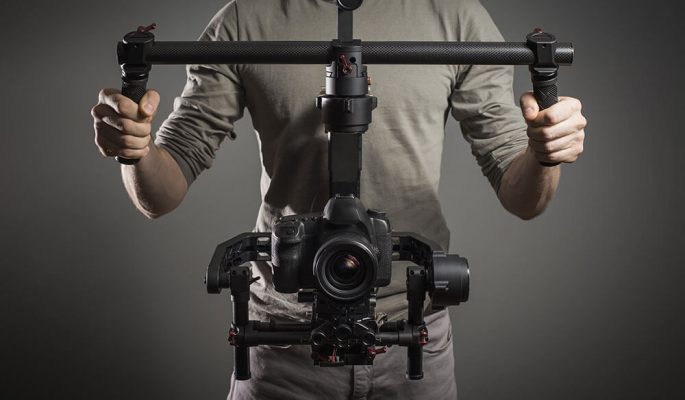
Camera stabilizers are essential film tools used to stabilize the camera and eliminate any unwanted camera movements. They include tripods, monopods, and gimbals.
Tripods are the most common camera stabilizers and are used to keep the camera steady during shooting.
Gimbals, on the other hand, are more advanced camera stabilizers that use motors to stabilize the camera and provide smooth camera movements.
They are ideal for creating cinematic camera shots and movement.
Camera Filters
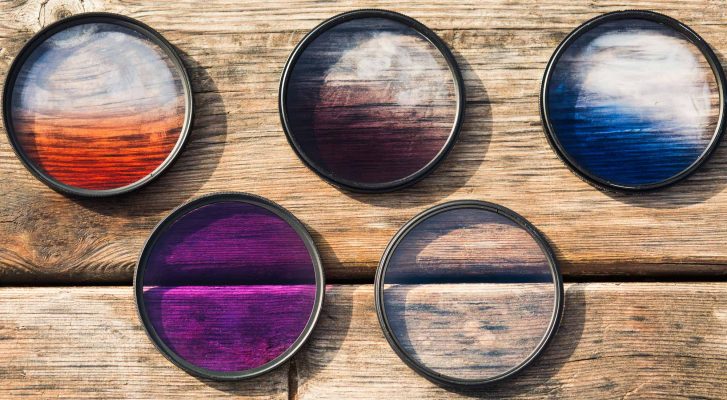
Camera filters are essential film tools that are used to modify the image captured by the camera. They also include polarizing filters, neutral density filters, and color filters.
Polarizing filters are used to reduce glare and reflections in the image, while neutral density filters are used to reduce the amount of light entering the camera.
Color filters, on the other hand, are used to modify the colors of the image and create specific moods and effects.
For instance, a blue filter can be used to create a cold and somber mood, while a red filter can be used to create a warm and intense mood.
Other Camera Accessories
Other camera accessories used in film making include camera bags, memory cards, and batteries. Camera bags are used to carry and protect the camera and its accessories during transportation.
Memory cards are used to store the digital footage captured by the camera, while batteries are used to power the camera.
Youtube Video About Film Tools
Lighting Tools
Lighting is another critical aspect of film making, and it is used to create a mood and enhance the visual quality of the film. There are several types of lighting used in film making, including natural light, artificial light, and studio lighting.
| Type of Lighting | Characteristics | Examples |
| Tungsten Lighting | Produces warm, yellowish light | Arri Fresnel, Lowel Tota |
| Fluorescent Lighting | Produces cool, bluish light | Kino Flo, Litepanels |
| LED Lighting | Energy-efficient, produces a range of colors | Aputure, Rotolight |
| HMI Lighting | Produces daylight-balanced light | Arri HMI, Mole-Richardson HMI |
Light Sources
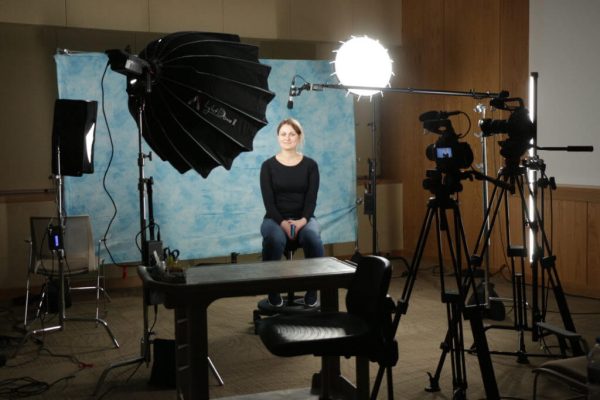
Tungsten lights, fluorescent lights, LED lights, and also HMI lights are all employed as light sources in the film industry.
Each light source has distinctive qualities and attributes that are employed to produce particular lighting effects.
For example, fluorescent lights generate a chilly, bluish light, but tungsten lights produce a warm, yellowish light.
On the other hand, LED lights are excellent for producing various lighting effects because they are energy efficient and create a variety of colors.
Light Modifiers
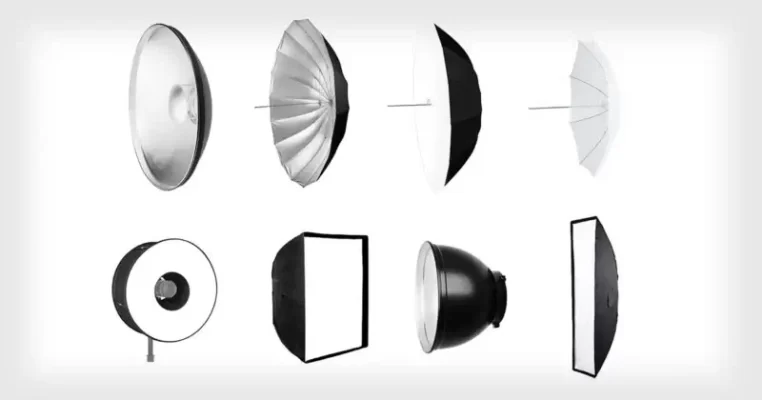
Modifying the light produced by the film tools requires the employment of light modifiers, which are crucial lighting equipment. They also consist of diffusers, reflectors, softboxes, and umbrellas.
Whereas umbrellas are used to bounce and reflect light, soft boxes are used to provide soft, diffused light.
Diffusers are used to spread and soften the light, while reflectors are used to direct and intensify it.
These lighting tools are necessary for adjusting the light’s direction and intensity, which is essential for producing the ideal lighting effects.
Lighting Accessories
Also other lighting accessories used in film making include light stands, sand bags, and dimmers. Light stands are used to hold the lights in place, while sandbags are used to stabilize the light stands and prevent them from falling.
Dimmers are used to control the intensity of the light, making them ideal for creating different lighting effects.
Sound Tools
Sound is an essential aspect of film making, and it is used to create a sense of realism and enhance the overall film experience.
There are several types of microphones used in filmmaking, including shotgun microphones, lavalier microphones, and also condenser microphones.
Sound Recording Equipment
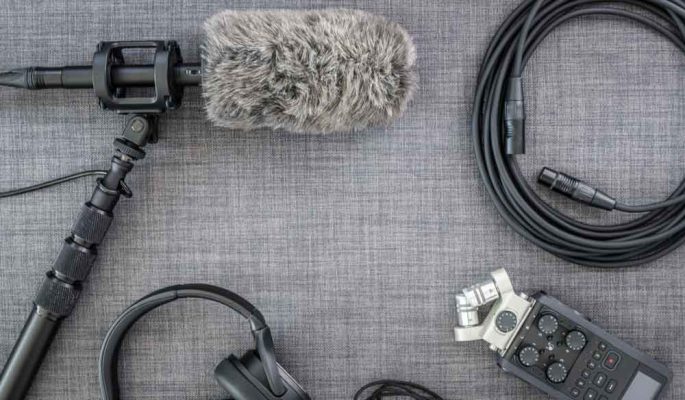
Audio recorders, audio interfaces, and preamps are some of the sound recording tools utilized in the film industry.
Audio interfaces are used to link the mic to the recording device, while audio recorders are used to store the audio that is recorded by the mic.
Preamps are devices that amplify audio signals to make recording and editing easier. In order to capture and record high-quality audio, which is crucial for producing a realistic and also immersive cinema experience, certain sound tools are necessary.
Sound Editing Software
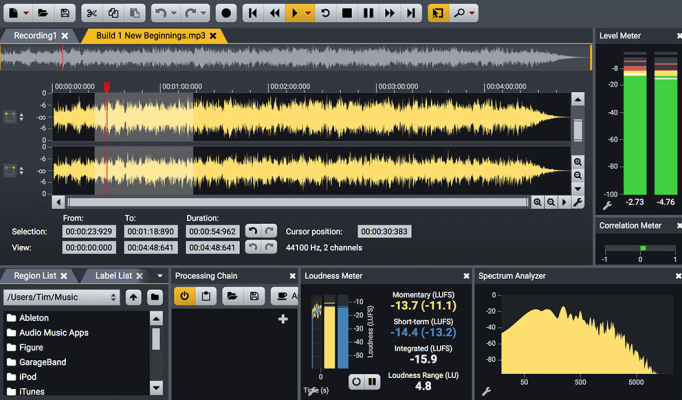
Sound editing software is used to edit and mix the audio recorded during filming. Popular sound editing software used in film making includes Pro Tools, Adobe Audition, and Logic Pro X.
These software tools are essential in editing and refining the audio recorded during filming, making it more polished and professional.
Editing Tools
Editing is the final stage of film making, and it is used to create a cohesive and polished film. Then There are several video editing software tools available, including Adobe Premiere Pro, Final Cut Pro, and Avid Media Composer.
Basic Editing Tools
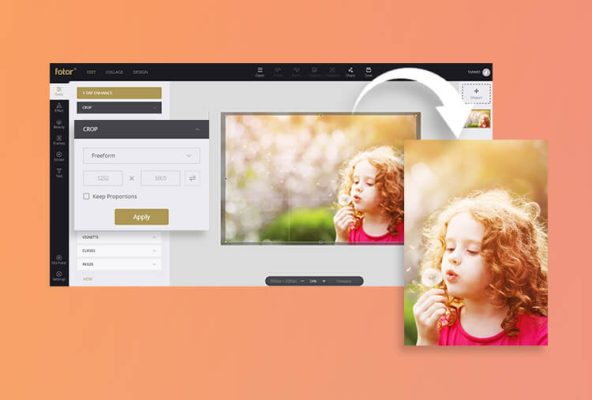
Basic editing tools used in video editing include trim tools, cut tools, and ripple tools too. These tools are used to cut and trim the footage, making it more coherent.
Advanced Editing Tools
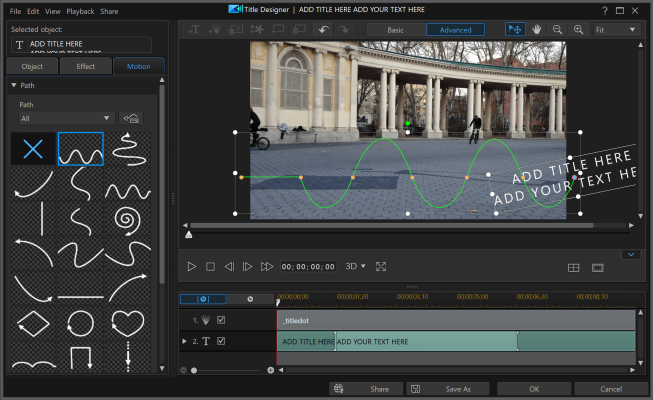
Color correction tools, visual effects tools, and audio effects tools are examples of advanced editing tools used in video editing. The footage is improved with these tools to make it more visually appealing and cinematic.
For instance, the colors of the footage are changed using color grading tools to make them more colorful and theatrical. The footage is enhanced graphically by using visual effects software to add special effects.
Color Grading Tools
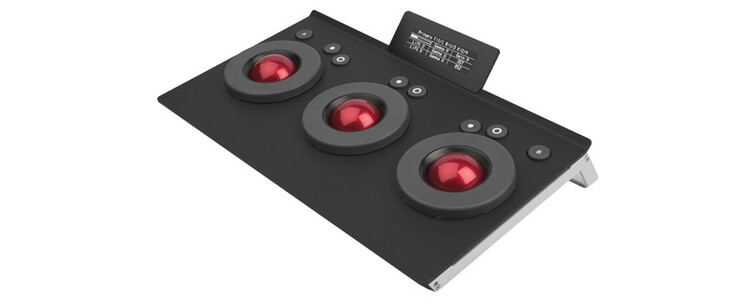
Color grading tools used in video editing include color wheels, curves, and histograms. These tools are used to adjust the colors of the footage, making it more visually appealing.
For instance, a color wheel can be used to adjust the hue and saturation of the footage, while curves can be used to adjust the brightness and contrast.
Histograms can be used to analyze the colors of the footage, making it easier to make informed color shema.
Special Effects Tools
Special effects are used in film making to create a sense of fantasy and imagination. There are also several types of special effects used in film making, including practical effects and digital effects.
Overview of Special Effects Software
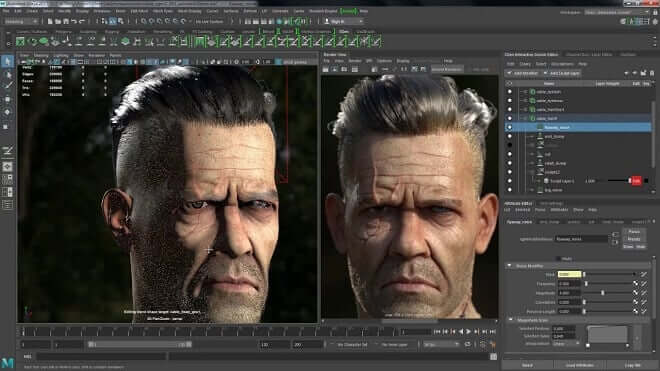
Special effects software tools used in film making include Adobe After Effects, Nuke, and Maya. These software tools are used to create and animate special effects, making it more visually interesting and immersive.
Types of Special Effects Used in Filmmaking
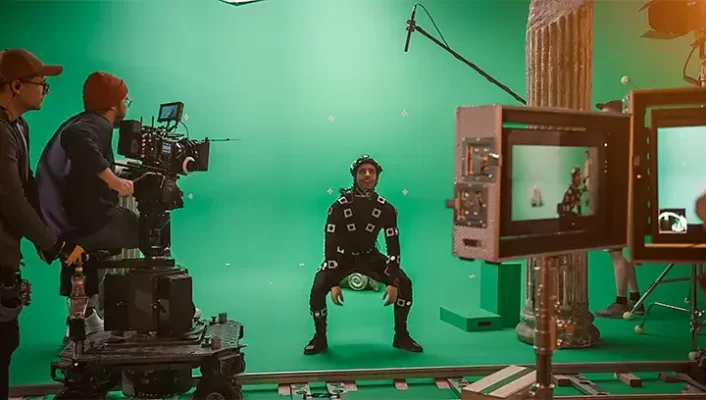
Explosion effects, weather effects, and creature effects are some of the special effects categories employed in cinema.
In the footage, fire and explosions are produced using explosion effects, and rain, snow, and various weather conditions are produced using weather effects.
On the other hand, the footage uses creature effects to produce lifelike monsters and animals. These special effects technologies are crucial for fostering a sense of fantasy and imagination, which enhances the visual appeal and excitement of the movie.
Special Effects Tools
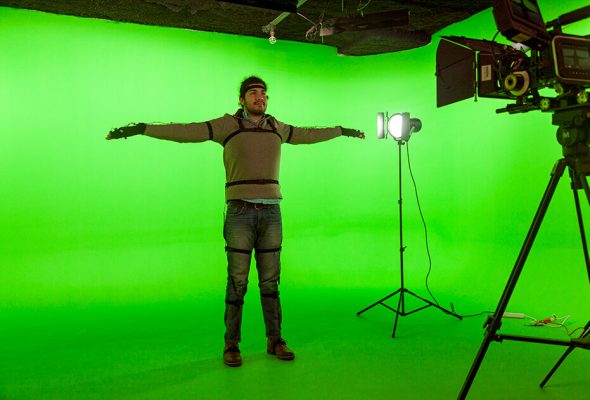
Special effects film tools used in filmmaking include 3D modeling software, compositing software, and motion graphics software.
3D modeling software is used to create and animate 3D objects and characters, while compositing software is used to combine different footage and create special effects.
Motion graphics software, on the other hand, is used to create and animate text, graphics, and other visual elements, making the footage more visually interesting and engaging.
Final Thought
In conclusion, the use of film tools is crucial for producing polished movies. Each piece of equipment, from cameras and lighting to sound and editing software, is essential to the overall production.
Filmmakers need to be aware of the various tools at their disposal and how to use them to produce the required aesthetics. Filmmakers may produce visually spectacular and immersive films that capture and engage their audience with the correct skills and equipment.
You May Also Like
Getting the Most Out of Your Polaroid.
Exploring the World of Macro Photography.
The 10 Best Movies in the World.
FAQ
The “grip” on a film set really held the equipment to keep it still during a shoot. The phrase eventually included duties like setting up camera and lighting rigs.
Grip equipment supports and manipulates camera and lighting equipment on film sets. C-stands, sandbags, clamps, dollies, cranes, jibs, and sliders are examples. Grip equipment stabilizes the camera and lighting setup to help filmmakers realize their vision.
Film materials can mean several things based on context. Celluloid stock and digital memory cards are examples of filmmaking materials. It could also mean the chemicals and techniques required to develop and process film or the software and digital tools used to edit and finish a film.
Your budget, film kind, and resources will determine what equipment and resources you need to make a film. A camera, microphone, and editing software are essential. Also lighting, a tripod or stabilizer, and extra crew members may be needed depending on your goals.
A film set’s gaffer manages lighting equipment and ensures the director and cinematographer’s artistic and technical needs are met. Then the gaffer sets up lights, power, and control systems with the DP and grip team.





